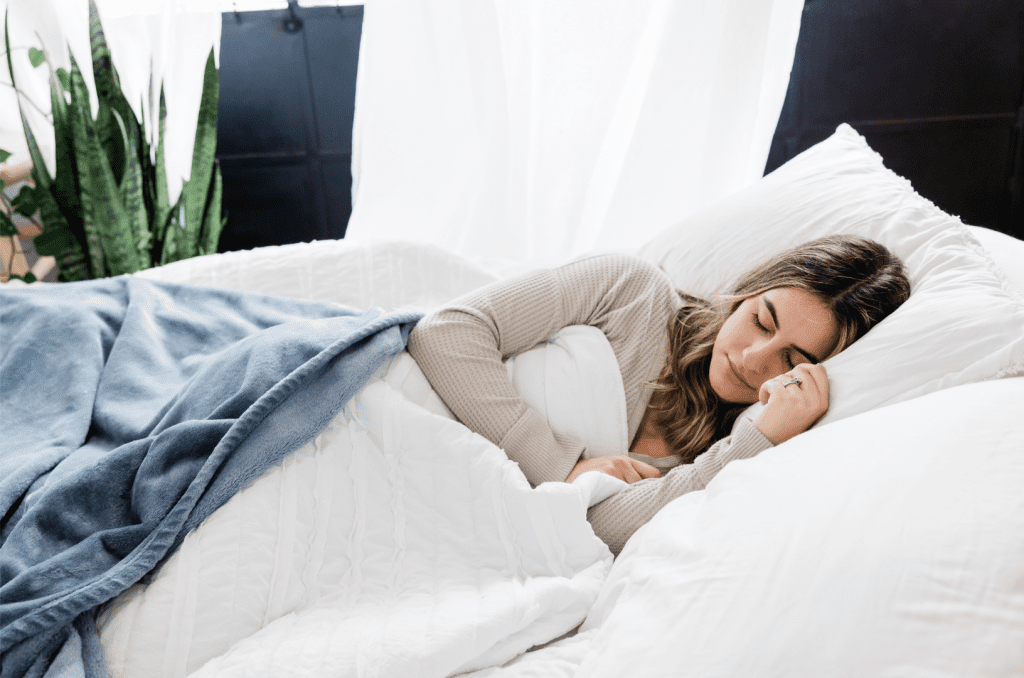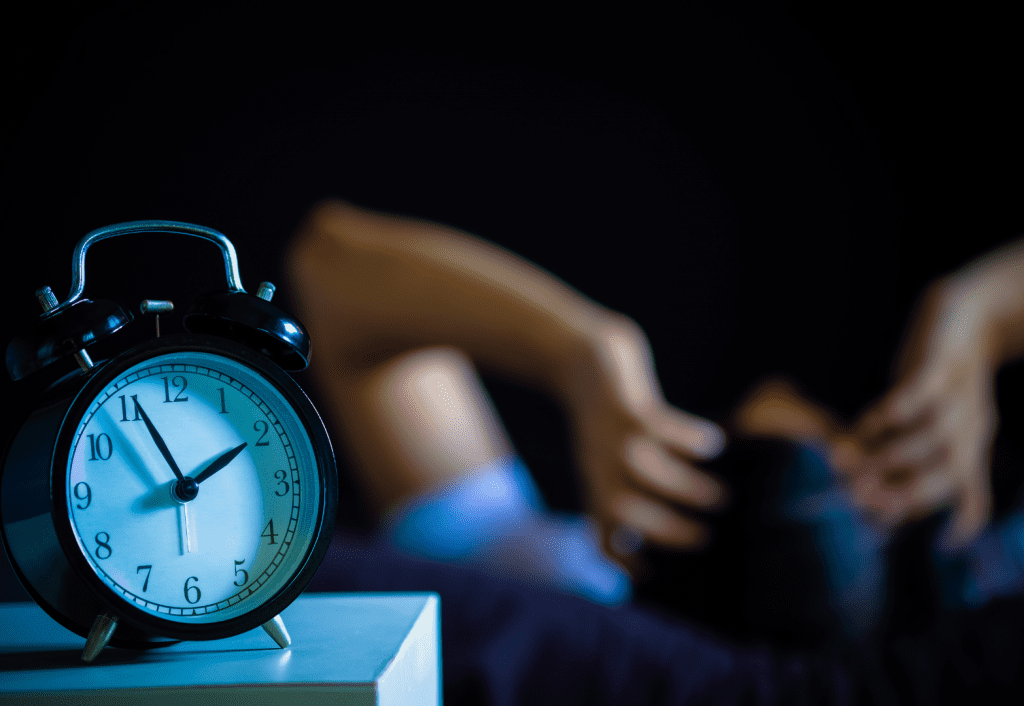News
Smartphone-recorded sleep breathing shows promise for obstructive sleep apnea prediction
May 06, 2022
by Healio

Sleep breathing sounds recorded via smartphone yielded fair prediction of obstructive sleep apnea, researchers reported in JAMA Otolaryngology – Head & Neck Surgery.
“The gold standard diagnostic method for OSA is attended, full-night, in-laboratory polysomnography that involves recording numerous physiologic signals that are manually scored by certified sleep technicians or physicians. Therefore, in-laboratory polysomnography is expensive, and accessibility to a sleep facility is not always easy,” Sung-Woo Cho, MD, from the department of otorhinolaryngology – head and neck surgery at Seoul National University Bundang Hospital at Seoul National University College of Medicine in Seongnam, South Korea, and colleagues wrote. “Considering the high prevalence of OSA, performing full-night, in-laboratory polysomnography may not be practical for all patients.”
The cross-sectional study enrolled 423 patients (mean age, 48.1 years; 84.1% men) who
visited
the Seoul National University Bundang Hospital sleep center for snoring or
sleep
apnea from August 2015 to August 2019. Patients recorded audio during sleep with a
smartphone during routine, full-night, in-laboratory polysomnography. Researchers
conducted binary classifications for different threshold criteria based on an apnea
hypopnea index threshold of five, 15 or 30 events per hour and created four regression
models including noise reduction without feature selection, noise reduction with feature
selection, neither noise reduction nor feature selection and feature selection without
noise reduction.
Researchers split data into training (n = 256) and test (n = 167) data sets and patients were grouped as normal (n = 43), mild OSA (n= 80), moderate OSA (n = 109) or severe OSA (n = 191).
Smartphone-recorded audio yielded an accuracy of 88.2% for an apnea-hypopnea index threshold of five events per hour, 82.3% for 15 events per hour and 81.7% for 30 events per hour. Areas under the curve were 0.9, 0.89 and 0.9 for five, 15 and 30 events per hour, respectively.
All four regression models demonstrated similar results with correlation coefficients ranging from 0.77 to 0.78. Smartphone-recorded audio that was not denoised and had only selected attributes yielded the highest correlation coefficient in the regression analysis (r = 0.78). Both apnea-hypopnea index (beta = 0.33) and sleep efficiency (beta = –.2) were associated with OSA estimation error.
“These prediction models yielded a fair prediction performance, and we found that noise cancellation was not mandatory for a good prediction performance. … Future research should be extended to incorporate real-life smartphone recordings at home using various smartphone devices,” the researchers wrote.
Others

Hormones linked with sleep apnea, snoring in postmenopausal women
Middle-aged women with low levels of estrogen and progesterone are more likely to snore and to report symptoms of obstructive sleep apnea, according to a new study published this week in PLoS ONE by Kai Triebner of University…
Read More
Continued CPAP use cuts risk for death
Ongoing use of continuous positive airway pressure (CPAP) treatment is associated with lower all-cause mortality in patients with obstructive sleep apnea (OSA), according to a study published in the June issue of CHEST.
Read More
New clinical guidelines to manage insomnia with intensive behavioral therapy
If insomnia keeps you awake at night, Flinders University researchers recommend a trip to the doctor – not for a sleeping pill prescription but for a short course of intensive behavioral therapy…
Read MoreContact Us
Location
1215 Kinwest Pkwy Ste 130 Irving TX 75063
Email Us
contactus@myapneapath.com
